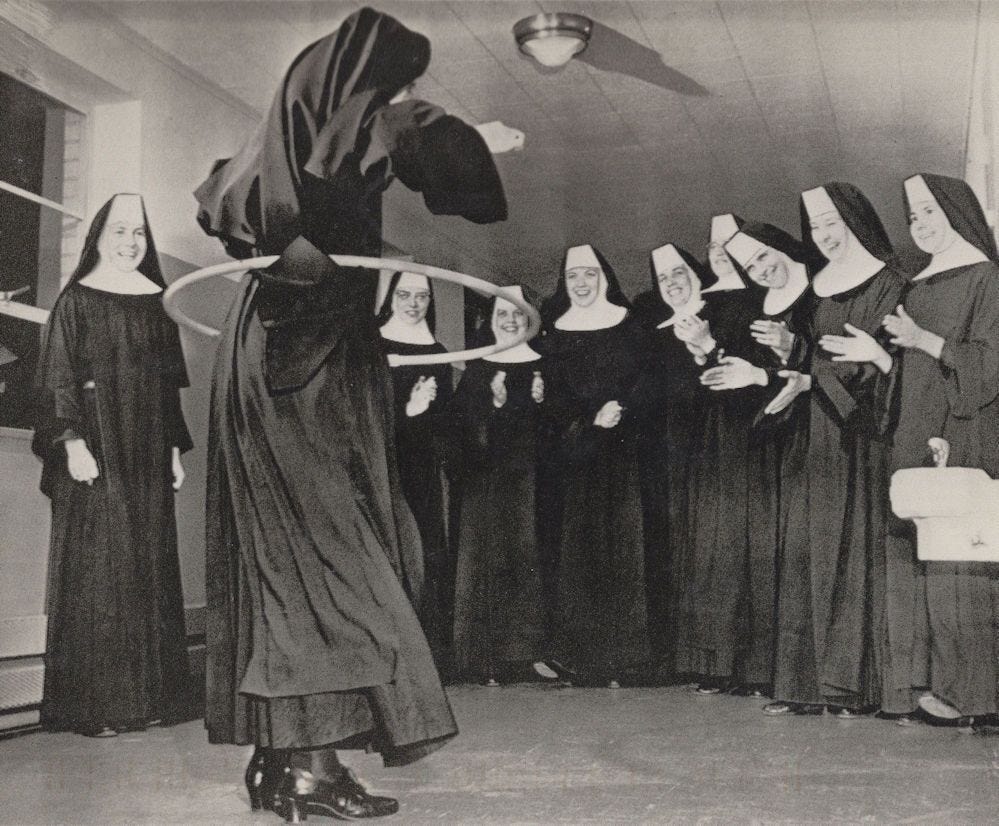Early one evening in January of 1958, Arthur and Suzy Melin showed up at a TV studio in Hollywood carrying brightly colored plastic hula hoops. They didn’t have an appointment.
Arthur, who had helped found Wham-O with his friend Richard Knerr a few years prior, was determined to get on the air - and perhaps because the product was unique or because Arthur was persuasive, he and Suzy did.
That night, and for several weeks following, Arthur and Suzy demonstrated their new product - the Hula Hoop. But TV was only one of the ways they chose to advertise their new product.
Wham-O executives carried the hoops on their flights as a carry-on, hoping people would stop and ask about the strange object. They showed up at playgrounds to demonstrate techniques and tricks to children. Stores in Europe offered late-night delivery so that adult customers wouldn’t be embarrassed to buy a toy for themselves.
The marketing techniques may have been novel, but the product took off. In 1958 there were an estimated 80 to 100 million Hula Hoops sold around the globe. Although they couldn’t get a patent, they trademarked the name, which was almost as good.
Of course, Wham-O hadn’t invented the toy - similar hoops were used in ancient Egypt and, later, in Europe in the 14th century. An Australian company realized they were on to something when their brightly colored plastic version took off. So, they approached Knerr and Melin, hoping to break into the American market.
They didn’t just break into the American market, though, Hula Hoops, named after a Hawaiian dance, took off internationally.
In some ways, the Hula Hoop fad was one of the earliest examples of a product taking the world by storm. It had only been recently that advertising and selling a product on such a wide scale had become possible. Two world wars and the development of mass media had suddenly made the world much smaller - the craze in Paris could be all the rage in Manila and San Francisco simultaneously.
By October, everything was over. Sales plummeted, and Wham-O’s competitors began to drop out of the market. But Knerr and Melin were in it for the long run - they finally managed to patent the product on March 5, 1963.
They hadn’t pushed the Hula Hoop for a while at that point - they were too busy employing their newfound marketing techniques on the Frisbee. But in 1963, they added tiny balls to the insides of the hoops to get it to make noise - and it came back, not as a fad, but as a consistent product.
Today more than one million Hula Hoops are sold by Wham-O every year, and the toy has successfully become a childhood staple.





I believe the nuns shown are School Sisters of Notre Dame - Hq in Connecticut.
Love it!